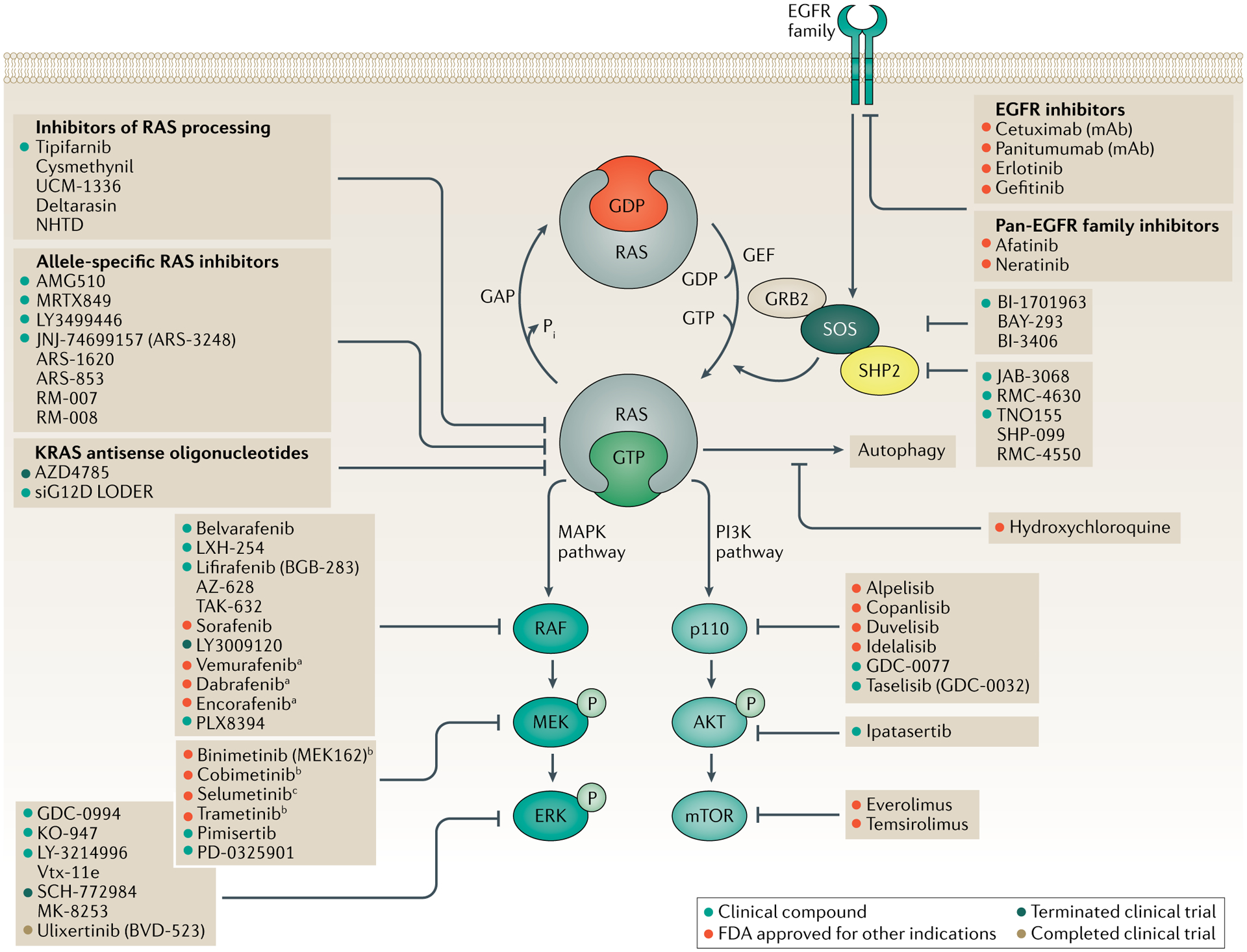Fig. 1 |. Clinical development of inhibitors for RAS-mutant tumours.

Activation of receptor tyrosine kinases, such as members of the epidermal growth factor receptor (EGFR) family, promotes the exchange of GDP for GTP in RAS, thereby activating RAS. Inhibition of EGFR can reduce this activation. Inhibition of SOS or SHP2 decreases the rate of GDP–GTP exchange and reduces the GTP-bound RAS population. Mutant RAS proteins accumulate in the GTP-bound state. A number of approaches have been developed to directly inhibit RAS, including covalent allele-specific inhibitors that bind to KRAS-G12C. GTP-bound RAS activates downstream signalling by binding to the RAS-binding domain of effector proteins, such as RAF and p110, to activate the MAPK and PI3K signalling cascades, respectively. Both the MAPK and PI3K signalling cascades can be inhibited at each kinase tier. Data compiled from ClinicalTrials.gov and AccessData.FDA.gov. aOnly effective against monomeric BRAF (BRAF-V600E/K). bApproved for the treatment of BRAF-mutant melanoma. cApproved for the treatment of paediatric patients with NF1 mutations.
